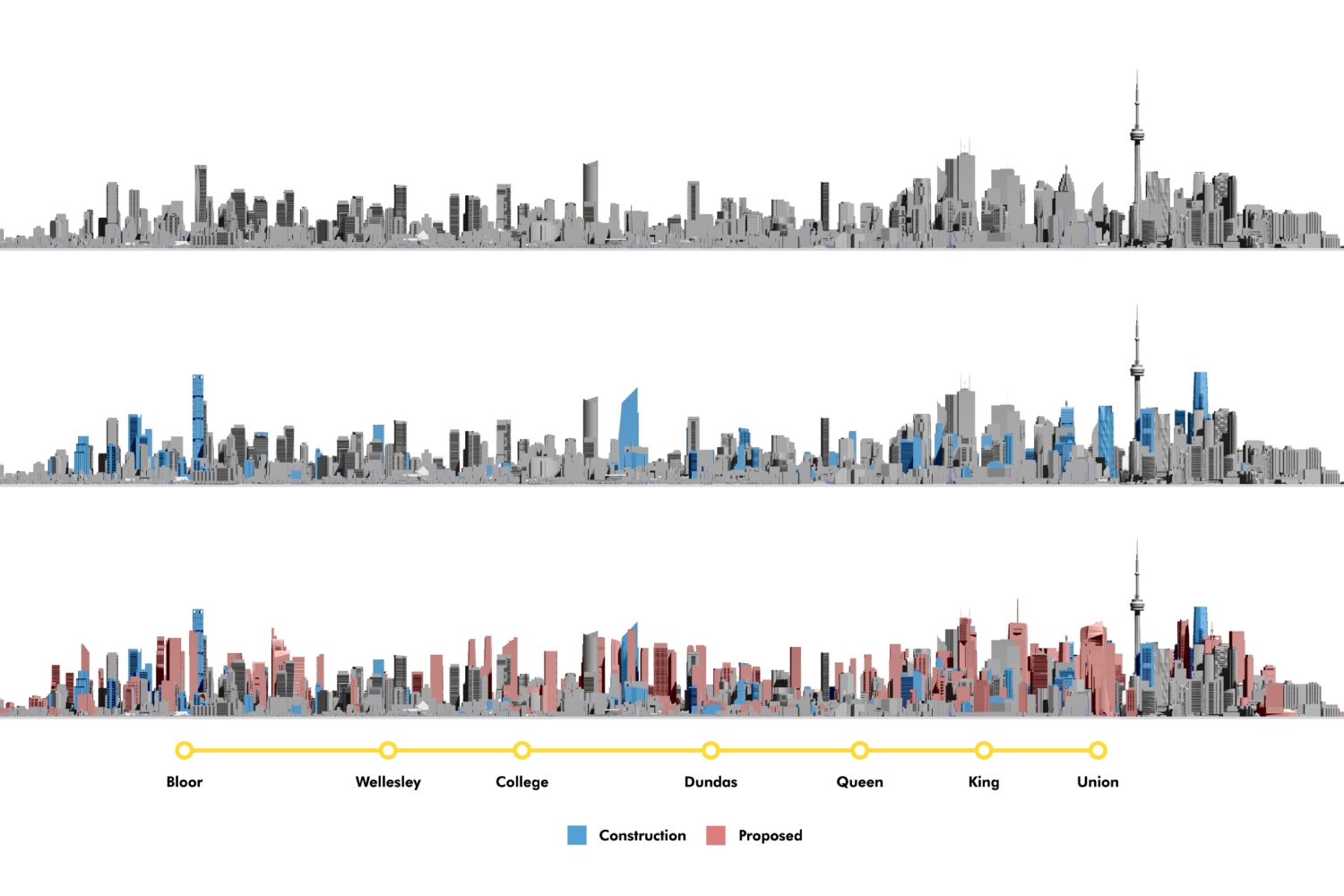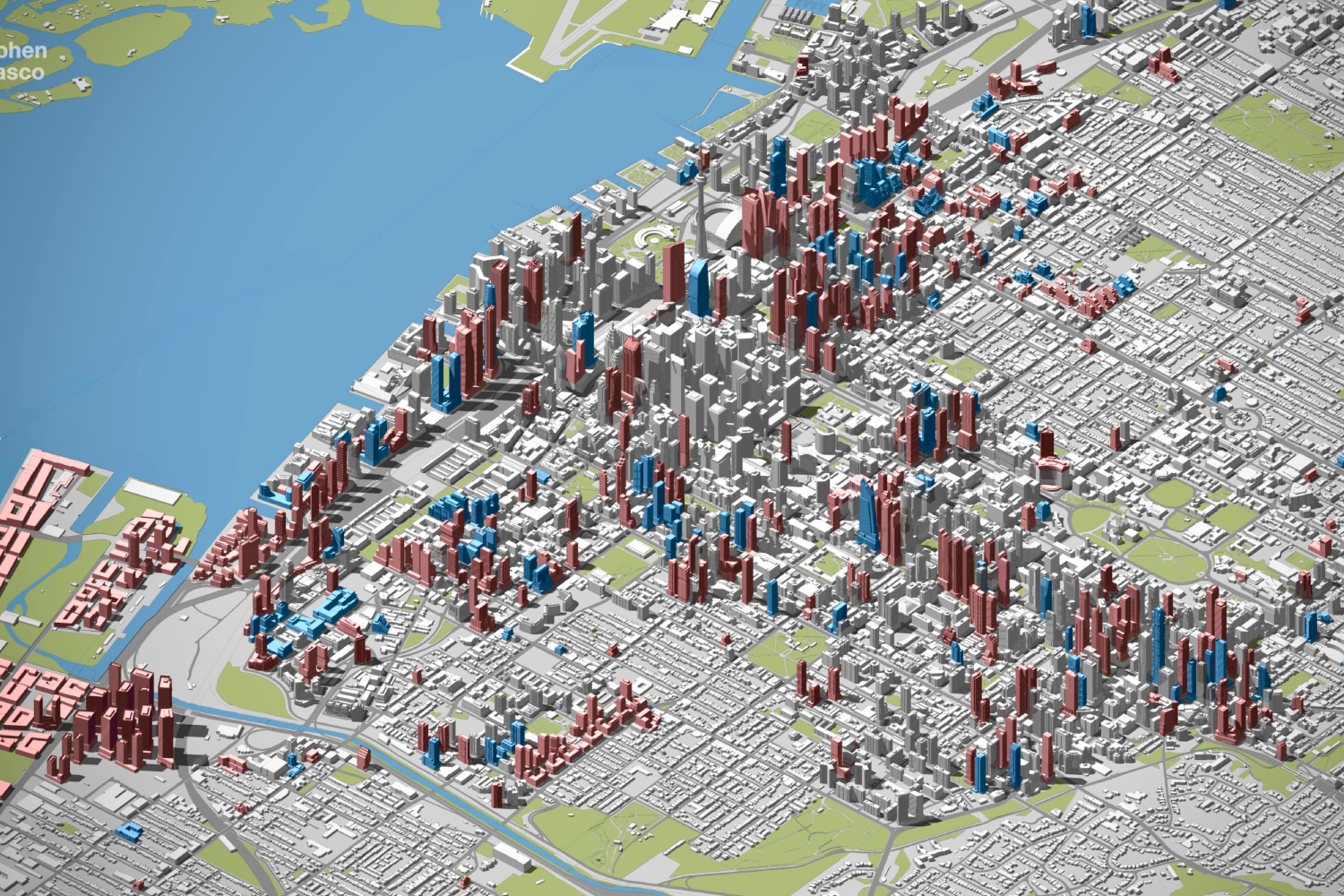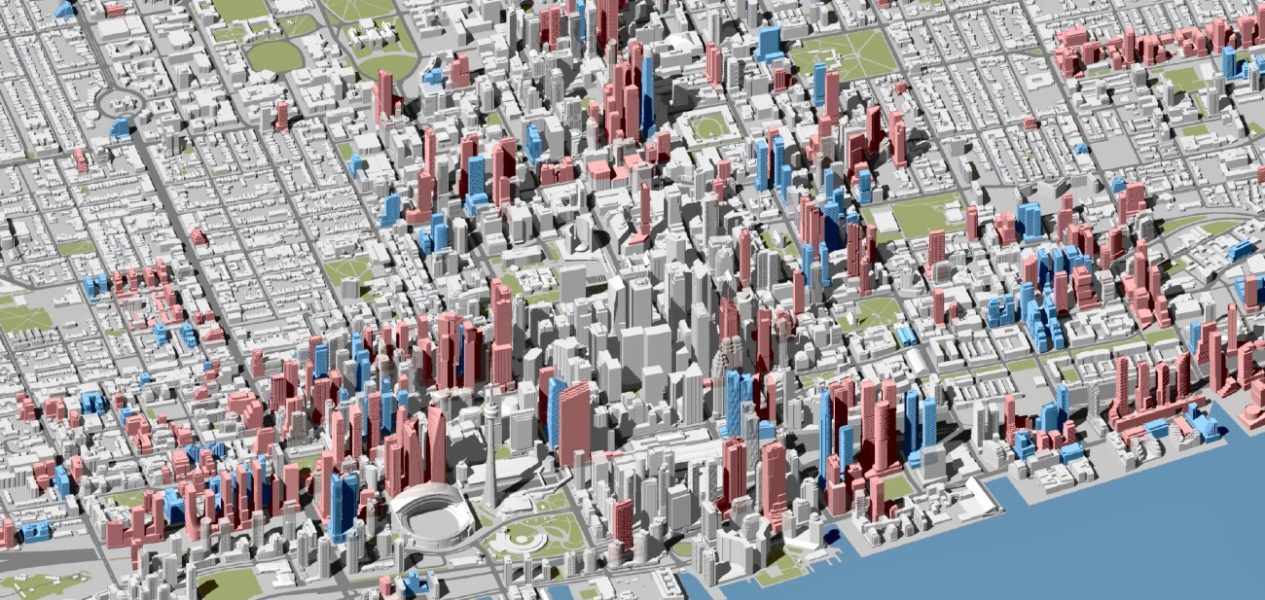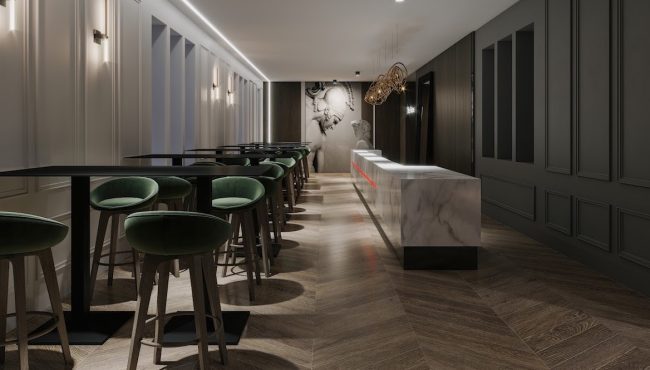Toronto is growing and it’s growing fast. A series of 3D renderings show just how many new towers will pop up and transform the city’s skyline as the population booms in the coming years.
The images, created by Future Model Toronto’s Stephen Velasco, visualize the future of what Toronto will look like by plotting out the new and proposed towers that are in the works.
According to Velasco, there are over 225 cranes in operation, over 100 buildings over 100 m tall that are under construction, and over 300 buildings over 100 m that have been proposed.
Recent Posts
Blue Jays fans can soon enjoy a rooftop patio as Rogers Centre unveils its modernized ballpark (PHOTOS)
8 beautiful new parks and beaches coming soon to Toronto

The City of Toronto’s population demographics estimates that 3.5 million people will call Toronto home by 2030, which is a 30% increase compared to today.
Velasco told Curiocity that the demand for housing is increasing rapidly as a result.
“Population growth is arguably the largest factor contributing to the city’s ongoing development boom, given that the majority of new construction has been residential.”
Many new towers will soon rise above the city, but two “supertall” skyscrapers will rise higher than the rest — The One and Sky Tower.
Sky Tower has even applied for a height increase. If approved, it will be the tallest in Canada at 105 storeys tall.

These two buildings are closely followed by Concord Sky at Yonge and Gerrard, which is “just shy of supertall status,” Velasco told Curiocity.
“So far in 2023, the city has already seen a 75-storey skyscraper proposed by KingSett Capital at 646 Yonge, across the street from a 76-storey skyscraper proposed by the same developer,” said Velasco.
“By 2030, there will likely be more tall buildings and supertall skyscrapers on the city skyline, as Toronto overtakes Chicago as the city with second highest number of skyscrapers in North America.”
The majority of buildable land is made up of single-family homes, which means Toronto’s “high-density corridors” will get even denser.
That includes areas like Yonge and Eglinton, Don Mills and Eglinton, North York Centre, and Scarborough City Centre.

Developers are not deterred by the current real estate market slump. That’s because they do their planning years in advance, said Velasco.
And with Toronto’s population soaring in the coming years, it’s no surprise that they are going full steam ahead.





